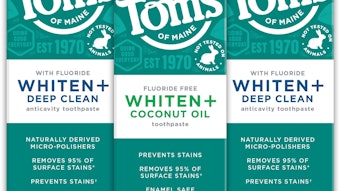In the last few years, the flavor and fragrance industry has shown a great interest in producing natural volatile compounds from plant materials. Many natural essential oil components are chiral; that is, they contain one or more asymmetric carbon atoms and exhihit optical activity Natural chiral essential oil components generally have a characteristic enantiomeric distribution that is attributable to stereoselectivity-controlled biogenetic formation mechanisms. An excess of one or the other enantiomer occurs in a variety of oils and oleoresins, In many cases, enantiomers have different sensory qualities.
Many components of the commercial mint oils and other oils of the Mentha genus are chiral. Some of these components are present as optically pure enantiomers, while others are present in specific enantiomeic ratios. The enantiomeic ratio can be modified by the addition of synthetic racemic ingredients (adulteration). In many cases, enantiomers have different organolelptic properties and may have different metabolic pathways. Knowing the enantiomeric composition of an oil’s components is of great importance for recognizing the oil's natural origin and—for a non-commercial oil—its chemotaxonomic implications.
In this research we analyzed chiral oxgenated monoterpenes, which are the predominant and most valuable monoterpenes in Mentha oils.This technique enables us to determine the enantiomeric purities of other components in the oils, such as monoterpene hydrocarbons and sesquiterpenes.










